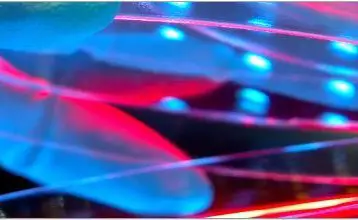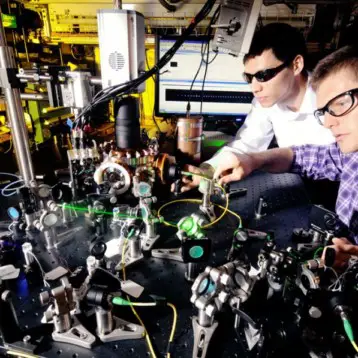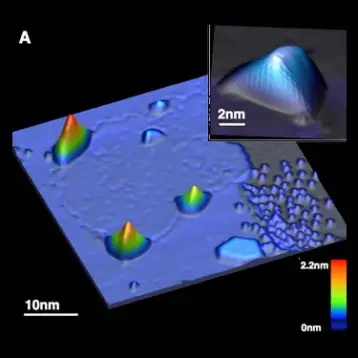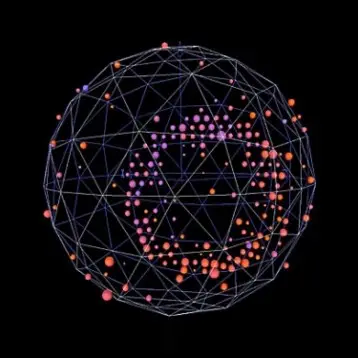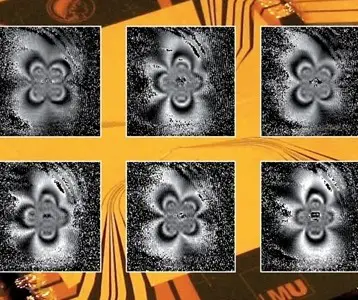Yoichiro Nambu began collating his mathematical descriptions of the spontaneous broken symmetry in elementary particle physics in 1960. His work provided a fundamental foundation for the standard model of particle physics, the classification of electromagnetic, strong, and weak forces into a single unified theory. The standard model fails to account for the effect of gravity, but incorporates all other known interactions and the elementary particles responsible for causing them.
Makoto Kobayashi and Toshihide Maskawa built on Nambu’s work and in 1972 proved that the origin of spontaneous broken symmetry can be fully explained within the standard model by including three families of quarks, each consisting of two flavors for a total of six types of quarks. The first two families, consisting of up and down quarks and strange and charm quarks, had been previously theorized by Murray Gell-Mann (who also won the Nobel Prize in 1969), George Zweig, Sheldon Lee Glashow, and James Bjorken. Kobayashi and Maskawa added the final family of quarks – top and bottom quarks – to the model. All six flavors of quarks have now been found experimentally.
Yoichiro Nambu received his Ph. D. from Tokyo Imperial University in 1952 and was a professor at Osaka City University for several years before moving to the United States, first to study at the Institute for Advanced Physics at Princeton University and then moving to the University of Chicago where he has been a physics professor since 1958. He is currently the Henry Pratt Judson Distinguished Service Professor Emeritus at the University of Chicago and the Enrico Fermi Institute.
Makoto Kobayashi received his Ph. D. from Nagoya University in 1972 and held several research and academic positions at the National Laboratory for High Energy Physics before moving on to the High Energy Accelerator Research Organization in Tsukuba, Japan, where he is currently a professor emeritus.
Toshihide Maskawa received his Ph. D. from Nagoya University in 1967 and is currently at the Yukawa Institute of Theoretical Physics in Kyoto, Japan.
TFOT has previously reported on the 2008 Nobel Prize for Physiology or Medicine won by Harald zur Hausen, Francoise Barre-Sinoussi, and Luc Montagnier and on the 2007 Nobel Prize awards including the 2007 Nobel Prize for Physiology or Medicine won by Oliver Smithies, Mario R. Cappecchi, and Sir Martin J. Evans, the 2007 Nobel Prize in Physics won by Albert Fert and and Peter Grunberg, and the 2007 Nobel Prize in Chemistry won by Gerhardt Ertl.
More about the 2008 Nobel Prize in Physics can be found on the official Swedish Academy of Sciences press release here. Additional information on the standard model and the role of spontaneous symmetry breaking in its formation can be found here (PDF, aimed at a knowledgeable layman) and a summary of the work of all three award recipients can be found here (PDF, aimed at people with a more significant scientific and mathematical background). You can read more about Yoichiro Nambu and his research and publications in his official University of Chicago biography here. You can also read more about Makoto Kobayashi and his professional accomplishments in his official High Energy Accelerator Research Organization biography here.



